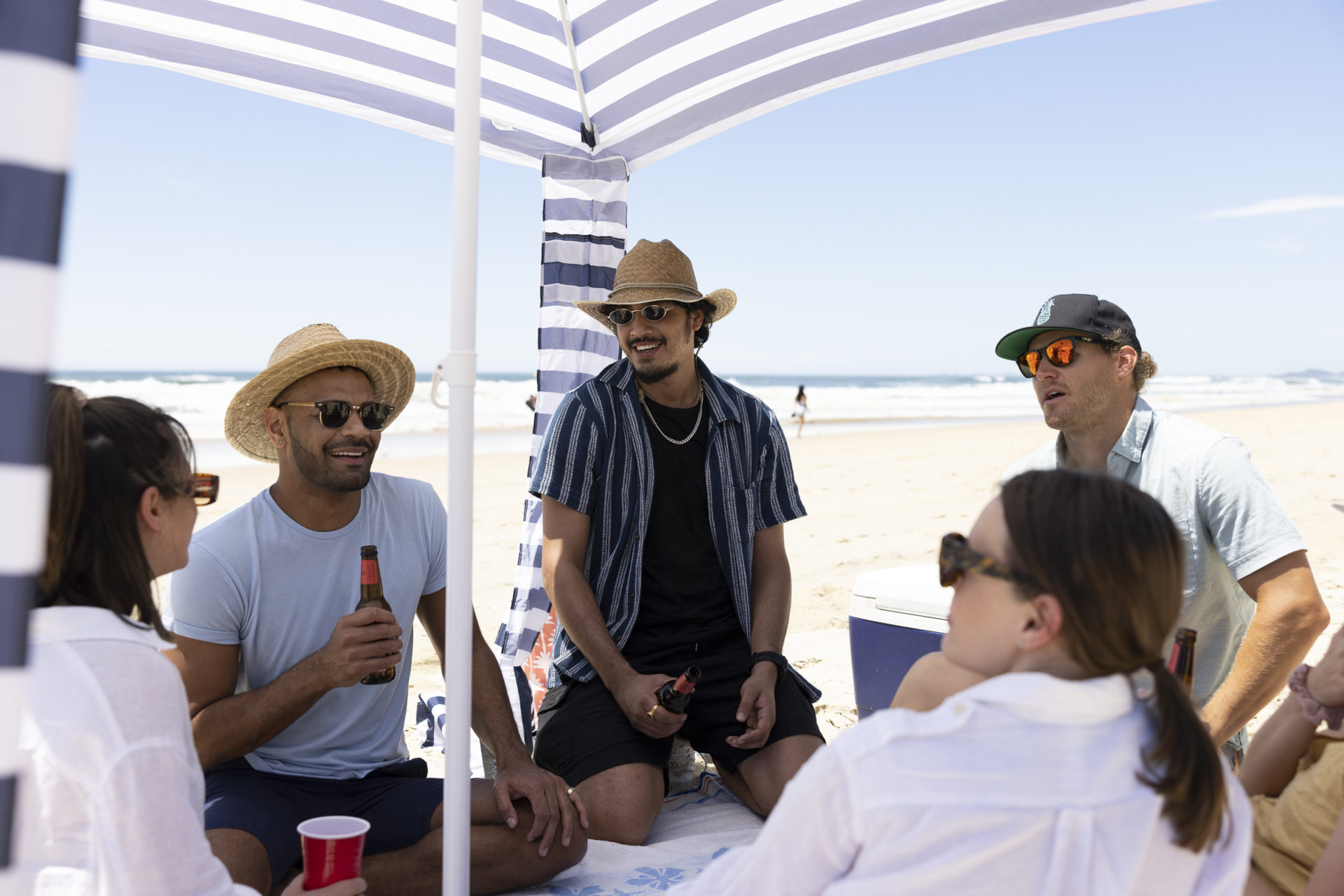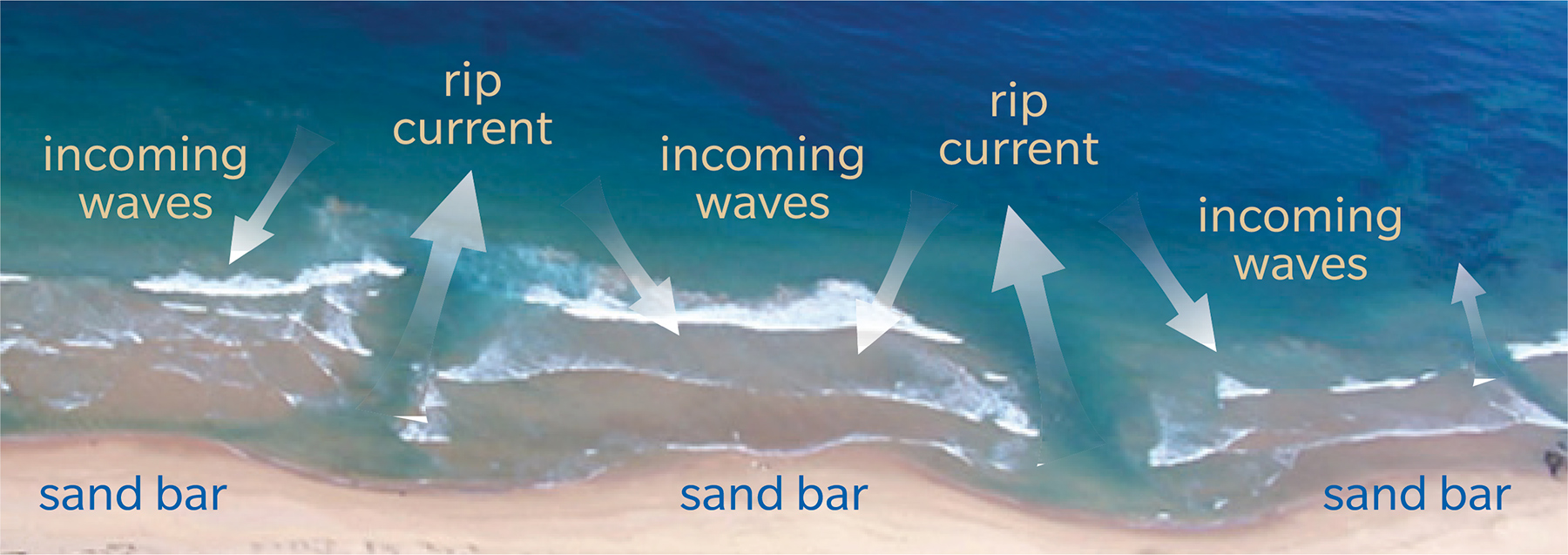camping saFETY
HOW CAN YOU STAY SAFE WHILE at UNPATROLLED BEACHES?
ALWAYS swim at beaches that have surf lifesaving patrols and only between the red and yellow flags.
If you find yourself at an unpatrolled beach, make sure you:
- Read and understand any safety signs - they will explain the conditions of the water.
- Before going in, stop and watch the surf so you can get an idea of the conditions, and identify any potential risks
- If you are unsure about how confident you feel, please stay in shallow water where you feel in control.
- Swim with a friend where possible.
- Always supervise young children in and around the water.
- Swim during the day, not at dusk or dawn.
- Don't drink and swim.

Heading camping?
If you are going camping, make sure to:
Survive the Drive:
- Follow the road rules
- Don't attempt to cross flooded roads
- Make regular stops
- If driving on the beach, drive at low tide using well-established tracks and drive to suit the conditions
Be croc wise:
Before you go, have a look if there have been croc sightings where you are heading. If there has been, make sure you are:
- Camping at least 50 metres from the water’s edge.
- Never clean fish or discard fish or food scraps near the water’s edge, campsites or boat ramps.
- Take care when launching or retrieving your boat
Be aware of marine stingers:
- Marine stingers are present in the ocean, especially in North Queensland. Visit our marine stingers page for more information on what may be present where you are going, and what to do if you are stung
Be dingo safe:
- NEVER feed Wongari (dingoes)
- Always stay within arm's reach of children, even small teenagers
- Walk in groups and carry a stick
- Do not run. Running or jogging can trigger a negative Wongari interaction
- Camp in fenced areas when possible
- Lock up food stores and iceboxes (even on a boat)
- Never store food or food containers in tents
- Secure all rubbish, fish and bait
Prepare before you go:
- Be aware of the rules and recommendations in place for where you are planning to go - can you light a fire, is there a potable water source, is there vehicle access, do they recommend swimming
- Check if you need a permit
- Check the facilities
- Test your gear
- Check your tides
- Bring a first aid kit
Leave no trace:
- We all want our beautiful Queensland coastline to stay beautiful, please be aware of your impact on the environment
RIP CURRENTS
Rip currents are one of the greatest, and most common, hazards on Australian beaches. On average, rip currents are responsible for at least 21 drownings deaths in Australia each year. In addition, lifeguards perform countless rescues each and every year to assist swimmers who have been caught in rip currents.
There are many myths about the ocean, but rips are the number one hazard on Australian beaches. Avoid rips by swimming at a patrolled beach between the red and yellow flags.
We’re drawing the line on rips to make you stop and think before getting in the water. STOP to check for rips. LOOK for other dangers. PLAN how to stay safe.
How to spot a rip current
The key signs to look for are:
- Deeper and/or darker water
- Fewer breaking waves
- Sandy coloured water extending beyond the surf zone
- Debris or seaweed
- Significant water movement
Sometimes it can be easier to look for where the waves are breaking consistently, and then look to each side where they don’t break consistently. Those areas are rip currents.
Can you spot a rip? Rips can change shape and location quickly and may be difficult to see. Watch this video to learn how to identify a rip and what to look for.
How to survive a rip current
If you’re caught in a rip current, stay calm, conserve your energy and consider these options:
- Stay calm
- Seek help. Raise your arm and call out. You may be rescued
- Float with the current. It may return you to a shallow sandbank
- Swim parallel to the beach or towards the breaking waves. You may escape the rip current
The Facts about Rip Currents
There are many myths about the ocean, but rips are the number one hazard on Australian beaches. Avoid rips by swimming at a patrolled beach between the red and yellow flags.
